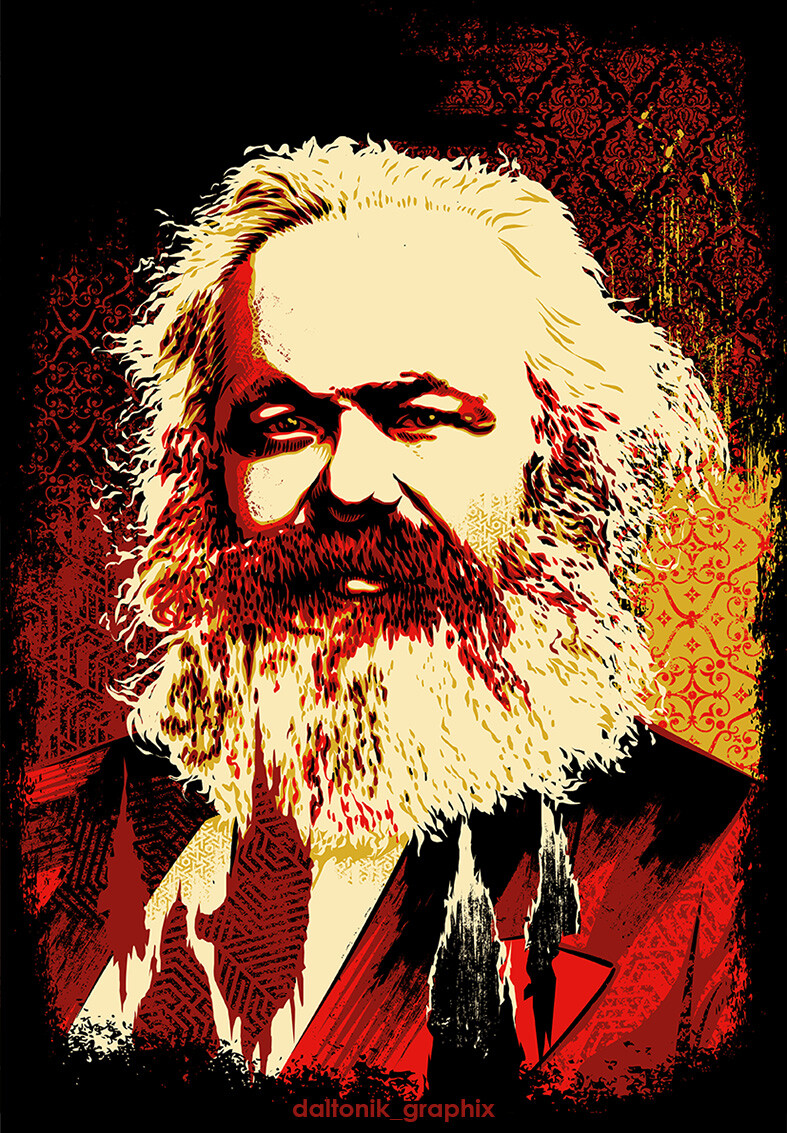On February 25, 1956 before assembled delegates to the Communist Party’s Twentieth Congress as well as observers from foreign Communist parties, Nikita Khrushchev delivered a speech denouncing Stalin for his transgressions. The speech was “secret” in the sense that it was read in a closed session without discussion and was neither published as part of the congress’ proceedings nor reported in the Soviet press. However, copies were sent to regional party secretaries who were instructed to brief rank-and-file members. Moreover, the US State Department received a copy of the speech from East European sources and soon released it.
This congress is regarded as the “Black Congress” in the history of International Communist Movement, as Khrushchev and his clique were successful in launching coup-d’état and overthrew Beria. Khrushchev distorted the Marxist-Leninist teachings and presented to the world number of “new theses”, i.e. “the peaceful co-existence between two systems”, “peaceful competitions between two system”, “peaceful transition identified with the parliamentary road”. After all in the “secret report “On the Cult of the Individual and its consequences”, that blackened the road pursued by the Bolshevik Party since the death of Lenin.
The speech sent shock waves throughout the Communist world and caused many western Communists to abandon the movement. In Tbilisi, students demonstrated against the removal of a monument to Stalin, Georgia’s native son. In Poland, demonstrations by workers in Poznan over declining wages and deep divisions between recalcitrant Stalinists and anti-Stalinists within the Polish Workers’ Party threatened to engulf the country in crisis, and in Hungary mass demonstrations led to a popular uprising in October 1956. The prime minister, Imre Nagy, sought to regain control through concessions that included abolishing the one-party system and freeing from prison the virulently anticommunist Cardinal Jozsef Mindszenty, but as the insurgency expanded, the Soviet Presidium decided to send in troops. The Hungarian uprising, which occurred simultaneously with the Anglo-French intervention against Egypt over its claims to the Suez Canal, was the most serious crisis in the Soviet bloc until the Prague Spring of 1968. It temporarily weakened Khrushchev in his struggle against the Stalinist stalwarts in the Presidium who conspired, but failed, to oust him in June 1957.
Soviet revisionism
Revisionist "Theories" of Restored Capitalism by Hekuran Mara :albania:
Reactionary anti-communist bourgeois theories that conceal the restoration of capitalism in the Soviet Union :khrushchev-fist:
Che Guevara’s Writings Against Soviet Revisionism :caught-in-4che:
Megathreads and spaces to hang out:
- ❤️ Come listen to music and Watch movies with your fellow Hexbears nerd, in Cy.tube
- 💖 Come talk in the New Monthly queer thread
- 🧡 Monthly Neurodiverse Megathread
- 💛 Read about a current topic in the news
- ⭐️ October Movie Nominations ⭐️
reminders:
- 💚 You nerds can join specific comms to see posts about all sorts of topics
- 💙 Hexbear’s algorithm prioritizes struggle sessions over upbears
- 💜 Sorting by new you nerd
- 🌈 If you ever want to make your own megathread, you can go here nerd
- 🐶 Join the unofficial Hexbear-adjacent Mastodon instance toots.matapacos.dog
- ☮️ you can join the upcoming anti war rally this march
Links To Resources (Aid and Theory):
Aid:
- 💙Comprehensive list of resources for those in need of an abortion -- reddit link
- 💙Resources for Palestine
Theory:
- ❤️Foundations of Leninism
- ❤️Anarchism and Other Essays
- ❤️Mega upload with theory for many tendencies
Remember nerds, no current struggle session discussion here to the general megathread, i will ban you from the comm and remove your comment, have a good day/night :meow-coffee:


We shouldnt hyperbolize the class character of the protesters AT the point of time of the Crackdown. Its true that both in the Tianamen troubles and more so in other protests through the country socialists against reforms were prominent if not majority players but in Tianamen specificaly and by the time the crackdown happened most of them were more akin to the dumb HK "we want freedum" teenagers . By the time the CIA saw that protests would be reaching a high point on Tianamen 10s of millions were poured in leading to that, informants amd agents were on the ground by the dozens easily, VoA and other propaganda arms started to work overtime and zero in on the Tianamen students and most likely arms were delivered (we know a lot magicaly started appearing in the hands of the students in these days). The Maoists werent the ones chanting Give me freedom or Give me death and lynching and burning unarmed PLA soldiers and police officers. By the time of the crackdown and in the Tianamen square gstudent group there was at the very least a high danger of the color revolution elements being dominant enough